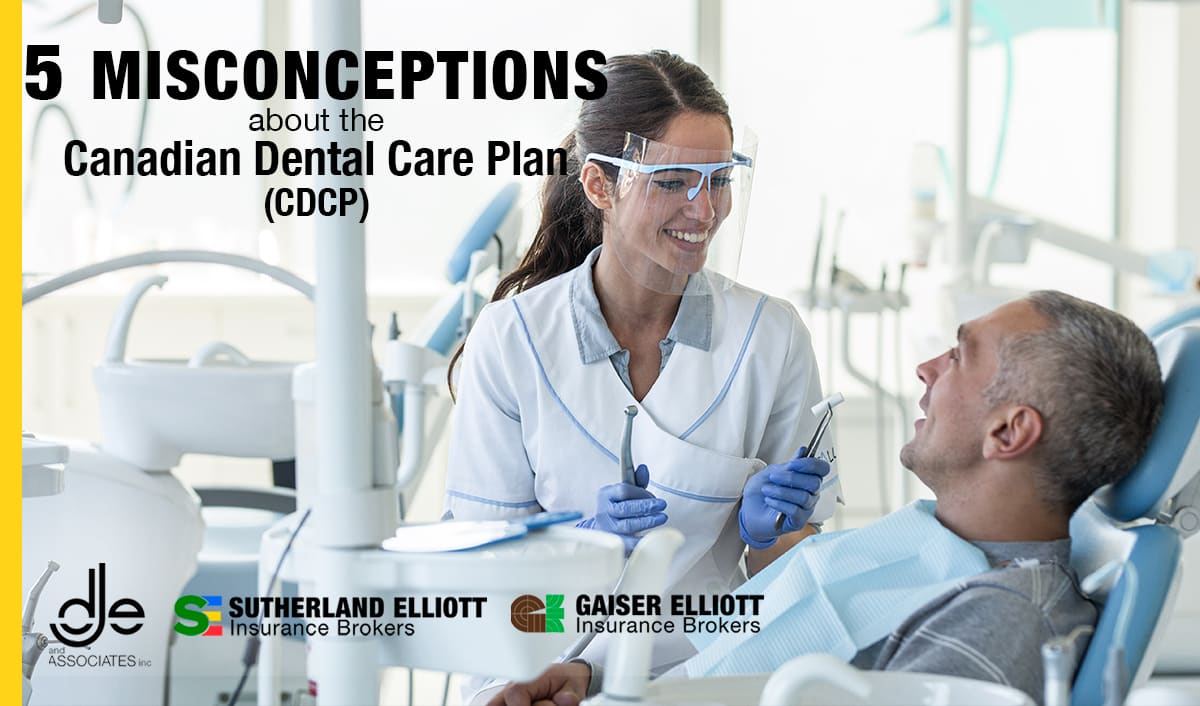
With the expansion of the Canadian Dental Care Plan (CDCP) in 2025, there seems to be a lot of confusion. Let’s clear up the misconceptions about coverage and eligibility.
Misconceptions explained:
While the idea of universal health and dental coverage might sound attractive, the rules should be clarified.
Here are five important misconceptions about the CDCP.
Misconception #1: All Canadians qualify for CDCP
Reality: Eligibility is currently limited to adults 65 and over, children under 18, and adults with a disability tax credit certificate for 2025. On May 1, 2025, this eligibility will also open up to people aged 18 to 64.
To qualify for CDCP, your adjusted family income must be less than $90,000 in 2024. This includes your income plus your spouse’s income, minus any income from universal childcare benefits (UCCB) or a registered disability savings plan (RDSP), plus any repaid amounts. For example, if you work full-time and earn $80,000 a year and your spouse earns $10,100 from a part-time job, you wouldn’t be eligible.
Additionally, you must:
- Be a Canadian resident and have filed an income tax return in the previous year.
- Not have dental coverage through your employer, your spouse’s employer, or a pension benefit. Opting out of these benefits does not make you eligible for CDCP.
- Not have independent dental coverage from an insurance company.
Misconception #2: All dental professionals participate in CDCP
Reality: Participation in CDCP is entirely voluntary. The plan is available to dental professionals who can either sign up for the CDCP or submit claims on a claim-by-claim basis. Not all dentists participate in the CDCP, so your clients should consider checking with theirs to ensure they can access the benefits.
Misconception #3: All dental services are covered
Reality: The CDCP covers many dental services, but not everything. Some services require preauthorization, and some have frequency limits.
Misconception #4: Enrollment is automatic
Reality: Clients must apply annually and meet the eligibility requirements each year. Approval can take up to three months, so it’s important to plan. Applications can be submitted online or by phone.
Misconception #5: The CDCP covers 100% of costs
Reality: The CDCP may not cover the full cost of your treatment. Clients may incur additional charges if the established CDCP dental fees are less than the actual fees charged by their provider.

 519 681 0179
519 681 0179